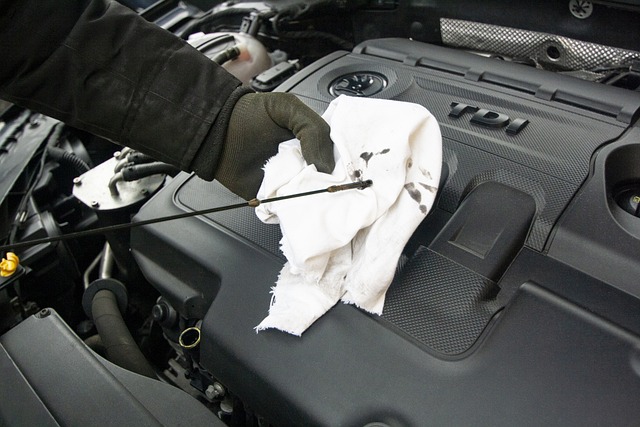By 2025, understanding deductible payment options will remain vital for policyholders navigating evolving insurance landscapes. Tech advancements and shifting consumer expectations will introduce broader flexible deductible plans tailored to diverse financial needs and healthcare utilization patterns. This adaptability aims to make quality healthcare both accessible and affordable, allowing individuals to balance potential savings on premiums against out-of-pocket costs for prompt repairs without financial strain. Policyholders can choose customizable plans that align with their specific medical requirements, ensuring adequate coverage for various claim scenarios from minor incidents to significant events.
In an era dominated by digital health solutions, the importance of deductible flexibility remains unchanged. As we enter 2025, understanding how deductible payment options can empower policyholders is more crucial than ever. This article explores the evolving claims landscape and highlights why flexibility still matters. From managing healthcare costs to accommodating diverse financial needs, deductibles play a pivotal role in shaping consumer choices. Discover the benefits and considerations that make deductible flexibility a key component of modern health insurance plans.
- Understanding Deductible Flexibility: A Brief Overview
- The Evolving Landscape of Health Insurance Claims in 2025
- Benefits and Considerations for Policyholders: Why Flexibility Persists
Understanding Deductible Flexibility: A Brief Overview

In the ever-evolving landscape of insurance claims, understanding deductible flexibility remains a cornerstone for policyholders in 2025 and beyond. Deductible payment options provide individuals with control over their financial outlay when filing a claim, allowing them to tailor coverage to specific needs and budgets. This concept is especially relevant for those seeking auto body restoration or collision repair center services, where costs can vary widely. By offering flexible deductibles, insurance providers empower policyholders to make informed decisions, balancing the trade-off between potential savings on premiums and the amount they pay out of pocket when a claim occurs.
This flexibility is not merely about financial considerations; it also influences the accessibility and timeliness of auto body services. A policyholder with more substantial deductible options might opt for a higher deductible to secure lower monthly premiums, planning to cover any necessary repairs through savings or dedicated accounts. This proactive approach ensures they have the financial runway to access prompt auto body restoration without delaying essential collision repair center services due to unexpected out-of-pocket expenses.
The Evolving Landscape of Health Insurance Claims in 2025

The health insurance landscape in 2025 is set to undergo significant transformations, primarily driven by technological advancements and evolving consumer expectations. With the rise of digital health platforms, individuals are increasingly demanding personalized and accessible healthcare services. This shift has prompted insurers to reevaluate traditional claim processing methods, leading to a more flexible approach when it comes to deductible payments. In 2025, consumers will have a broader range of options for managing their deductibles, catering to diverse financial needs and preferences.
One notable trend is the integration of innovative solutions, such as telemedicine and remote monitoring, which can reduce overall healthcare costs. As a result, policyholders may opt for customizable deductible payment plans that align with their specific healthcare utilization patterns. For instance, those who primarily require preventive care might choose lower deductible options, while individuals with chronic conditions or frequent medical needs could benefit from more flexible payment structures. This adaptability ensures that the traditional barrier of high deductibles doesn’t discourage necessary healthcare services, making quality care more accessible and affordable for all.
Benefits and Considerations for Policyholders: Why Flexibility Persists

For policyholders, the concept of deductible flexibility remains relevant and beneficial in 2025 claims for several reasons. One of the primary advantages is the ability to tailor their insurance coverage according to personal needs. This flexibility allows individuals to choose a deductible payment option that aligns with their financial comfort level and risk tolerance. For instance, deductibles can vary significantly, from relatively lower amounts suitable for those who prefer minimal out-of-pocket expenses in case of claims, to higher deductibles preferred by budget-conscious policyholders who want more control over their insurance costs.
Furthermore, deductible flexibility is crucial when considering the diverse range of potential claims. While minor incidents like a car dent repair might not trigger significant financial burden, more substantial issues, such as auto body restoration after a collision, can be costly. Policyholders with flexible deductibles can opt for higher deductibles to save on premiums, but still have peace of mind knowing they’re covered for major accidents. This approach ensures that policyholders receive the necessary support for both minor and significant claims, including collision repair services, without straining their finances.
Despite advancements in healthcare and insurance technologies, deductible flexibility remains a vital aspect of health insurance policies in 2025. The ability to choose among various deductible payment options empowers policyholders to manage their financial risks and access quality care according to their unique needs. As the healthcare landscape continues to evolve, offering flexible deductibles provides a sense of control and customization, ensuring individuals can navigate their medical expenses with confidence.














